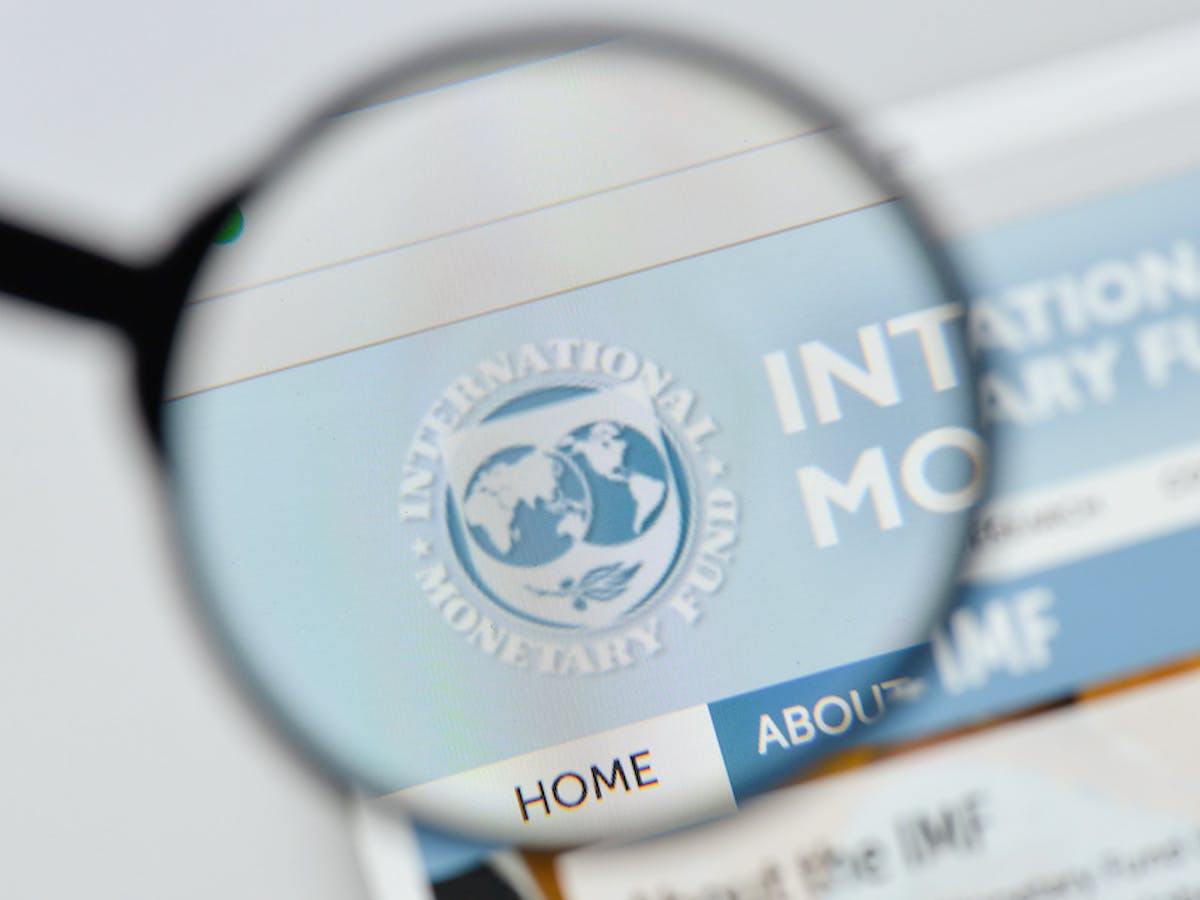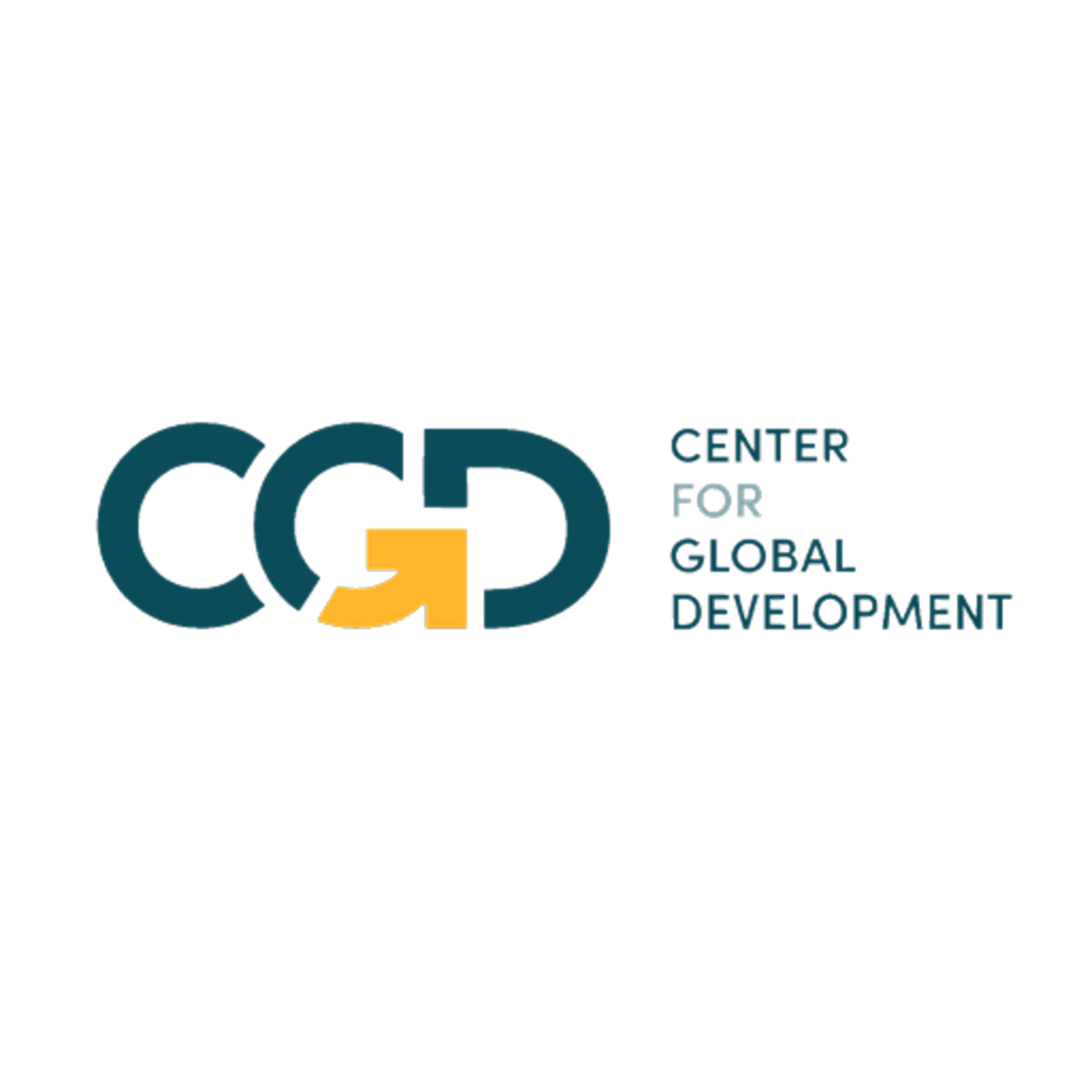A new allocation of special drawing rights (SDRs), a reserve asset from the IMF, has been issued and are already being put to work by governments around the world eager to respond to the impact of COVID-19. But a significant portion of those SDRs are currently held by high-income countries that don’t need them, which has spurred a push to recycle them to where they’re most needed. The proposed Resilience and Sustainability Trust (RST) within the IMF could be the instrument to do that. As the IMF puts it, the new trust would support policy reforms to help build resilience and sustainability especially in low-income countries (LICs), small states, and vulnerable middle-income countries. And, as we have stressed in an earlier note, the trust could be a key component of much broader efforts to catalyze public and private funding.
Although many details have yet to be finalized, it seems likely that the RST would either have to itself meet the standards of a regular-IMF supported program or operate only alongside such a program. Either way, this implies that countries would need to have a macroeconomic program that, in the terminology of the IMF, meets the standard of “upper credit tranche” (UCT) conditionality to be able to borrow from the RST. And if the RST emerges with a strong signaling role in marshalling other support, this policy standard could be the de facto gatekeeper for more than the limited resources of the RST. This has already spurred heated debate about whether lending from the RST should be subject to these conditions.
Credit tranches and conditionality
The IMF places conditions on its lending to help ensure that the money will be paid back. While this may seem somehow self-serving to the institution, it addresses a fundamental purpose of the IMF—that it provides financing to help countries that have a balance-of-payments problem resolve that problem. And an important measure of success is that the IMF gets repaid so that the money is available for other members to use in the future.
The original concept of the IMF was that countries could borrow up to 100 percent of their quotas from the IMF’s General Resources Account (GRA). The first 25 percent—the first credit tranche—was to have minimal conditions attached. In practice this meant the first credit tranche would be disbursed in one shot after the country provided a description of the general policies that it planned to pursue.
For lending beyond 25 percent of quota, the IMF wanted more assurances that the money would be coming back, so it placed more conditions. This so-called upper-credit tranche conditionality usually involves agreement with the IMF on a series of macroeconomic measures (like managing the budget or the money supply) and perhaps structural measures (getting rid of petroleum product subsidies or reforming failing state-owned enterprises). And UCT conditionality also entails that IMF lending is not disbursed in one shot but phased over the life of the program—amounts are released subject to the country’s ex-post performance against agreed policy targets (such as the size of the budget deficit) and progress in implementing policy measures.
The importance of the first credit tranche has been greatly reduced over the years. Many countries borrow much more than their quota—in some cases several hundred percent. For upper- and middle-income countries that lending comes from GRA and for low-income countries, from the Poverty Reduction and Growth Trust (PRGT). (In the PRGT there is no equivalent of the first credit tranche; except for emergency lending, all PRGT disbursements are subject to the UCT standard of conditionality.) So, although the term “upper credit tranche conditionality” might suggest it applies only to a small part of IMF lending at higher levels, the reverse is the case. UCT conditionality is the norm.
Exceptions to UCT
However—by design—there are important exceptions to UCT conditionality. Emergency lending from the Rapid Financing Instrument (in the GRA) and the Rapid Credit Facility (in the PRGT)—which has provided the bulk of IMF financing to LICs during the pandemic—does not require elaboration of a full macroeconomic program. The logic is twofold; there may not be time to develop a comprehensive program and, when the financing need stems from a temporary exogenous shock, no policy adjustments may be needed. Also, mirroring the practice under the first credit tranche, disbursements from the Rapid Financing Instrument and Rapid Credit Facility are made on approval and not phased over a program period. However, if balance-of-payments problems are not resolved it is expected that the country would then seek support from a regular UCT program—as many borrowers from the Rapid Credit Facility are now likely to do.
UCT is not uniform
The appropriate conditionality for each UCT loan depends on the time horizon of the loan (short- or longer-term) and the problems it is trying to address—acute balance-of-payment needs (such as a run on central bank reserves) or longer-term balance-of-payment challenges (like fighting poverty). A Standby Arrangement—the most widely used type of lending to upper and middle-income countries—addresses short term balance-of-payments difficulties and conditionality is geared to providing confidence that these difficulties with be resolved in the short term. In contrast, the Extended Credit Facility (ECF)—normally the workhorse of the PRGT—aims to allow countries with protracted balance-of-payments problems to make progress towards sustainable macroeconomic positions with strong and durable poverty reduction and growth.
So the notion of UCT varies across the type of program and the program’s objectives. It is not a one-size-fits-all approach with, for example, key parameters such as a certain pace of fiscal adjustment set as requirements for all programs. What conditions are appropriate is a judgment, and the judgment rests on the basic premise noted above—at the end of the loan, will the country be able to pay back the IMF? Making such a judgment depends on a lot of assumptions, technical and political, and about the evolution of the world economy.
The questions we should be asking
The debate now is about the RST—should it be subject to UCT conditionality? But that’s really the wrong debate. Certainly, we want countries to repay the IMF eventually—the IMF is not a grant-making institution, nor should it become one. So, the questions we should all be asking are of this nature:
- What is the problem we are addressing—if the country doesn’t get the IMF money, where will the balance-of-payments problem appear?
- What is the time horizon to solve the problem?
- What are the measures that will address the problem, and how do they relate to other program objectives? If we are aiming at sustainability, we need to be conscious, for example, of the distributional effects of any measures taken, say a carbon tax
- Is the package of reforms that the country presents to the IMF for support under the RST coherent: does it address the problem, in the envisaged time horizon and will it mobilize adequate financing from other sources?
- How does IMF support under the RST for a country’s program objectives and policies align with support under other IMF lending?
These are the difficult questions we should be haggling over—not the label of UCT.

